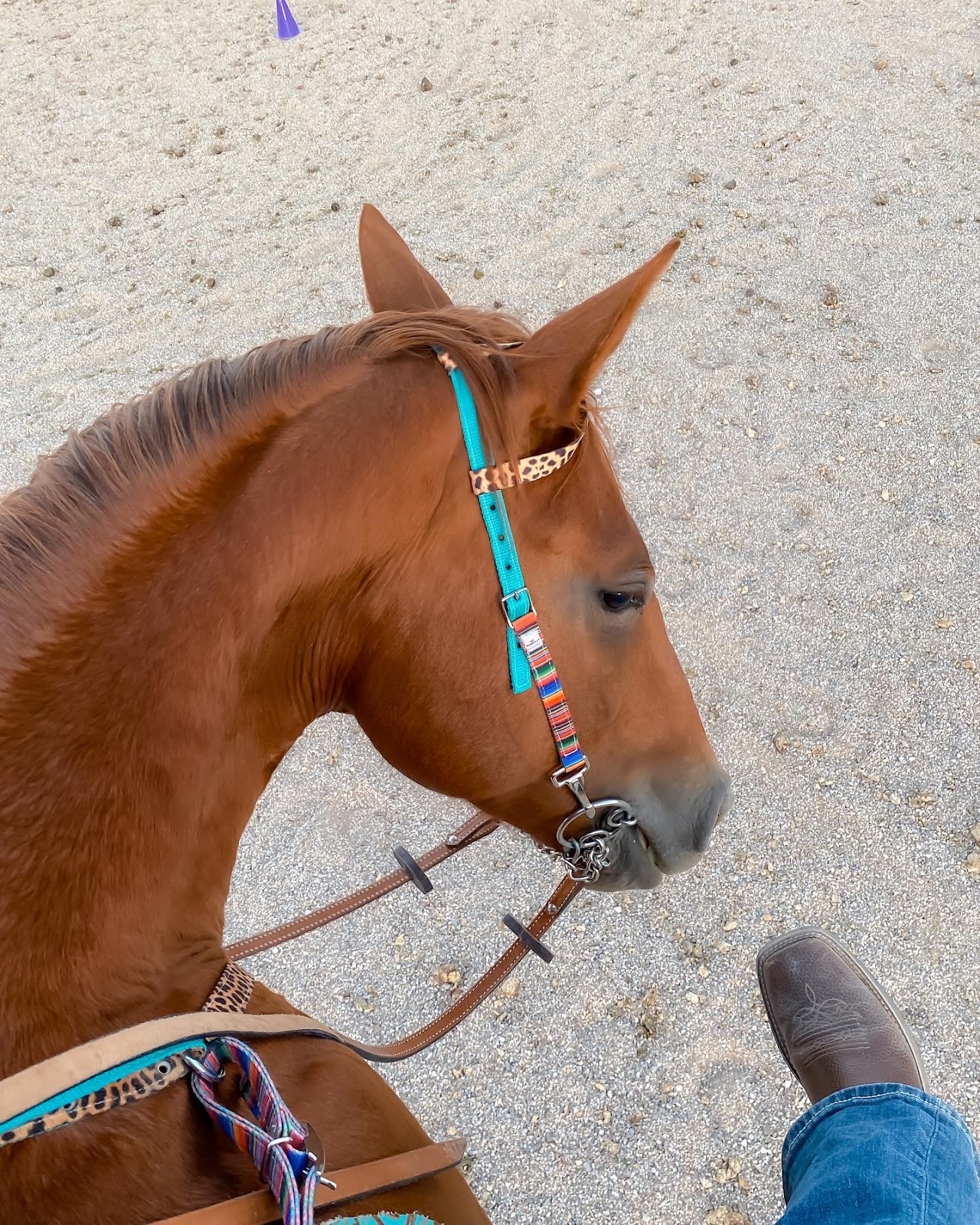HELLO! Welcome back to the SMART goals series. If you are just joining us make sure to look back at the past week to get the specifics on the rest of the letters!
Today we are at R for relevant.
This one might seem easy because of course if I set a goal that relates to my barrel racing or horse goals it will be relevant to my overall BIG GOAL, right?
Not always.
If your BIG GOAL is to ultimately pro rodeo and work towards that coveted gold buckle, but you set a goal to win a saddle in the local gymkhana series it doesn't really serve your big goal. Sure, winning the saddle is cool. But no one at the NFR cares if you can do the fun play day events.
And before someone comes for me. I am in NO WAY, shape, or form bashing gymkhanas or local play days. I loved them as a kid growing up. And I had planned to do one for fun with my older gelding, Hootie, but then he got so sick and is recovering now. If your goal is to have fun with your horse and win prizes at gymkhanas then that is amazing. You can still use the SMART goals to plan for those.
I am just saying if your ultimate goal is to pro rodeo and make barrel racing a career then setting the goal at a local gymkhana is not relevant to that. And quite frankly, it's putting strain on your horse that is unnecessary. Horses are finite. They don't live forever and they don't have unlimited runs, so for me if an event or smaller goal is not relevant to the larger goal then I'm not going to put that strain on them. As well as it taking up your time, money, along with wear and tear on your rig.
If the goal cannot be tied to your ultimate BIG GOAL, then it might be time to re-evaluate whether or not it's relevant anymore. Or is your big goal not relevant?
Examples of Relevant Things to achieve goal of filling WPRA permit in one rodeo season
- attending WPRA sanctioned jackpots
- attending WPRA rodeos open to permit holders
Examples of Irrelevant Things to achieve the goal of filling WPRA permit in one rodeo season
- local jackpots without WPRA approval
- local gymkhanas
- rodeos that are not WPRA approved
Ask yourself: "how does this action support my specific goal?"
And if it doesn't, then evaluate whether or not it is worth the time, energy, effort, and strain on you, your horse, and your equipment.











